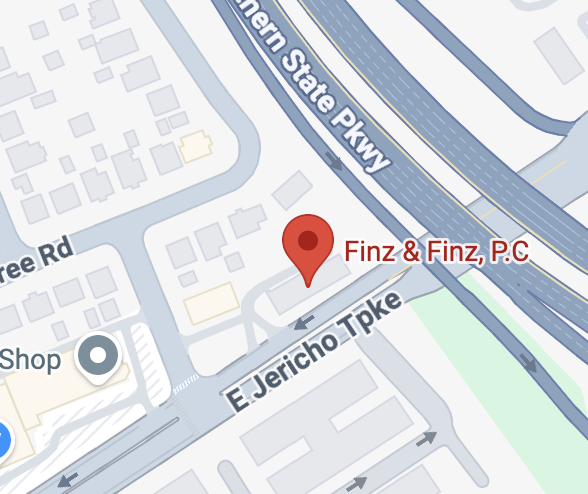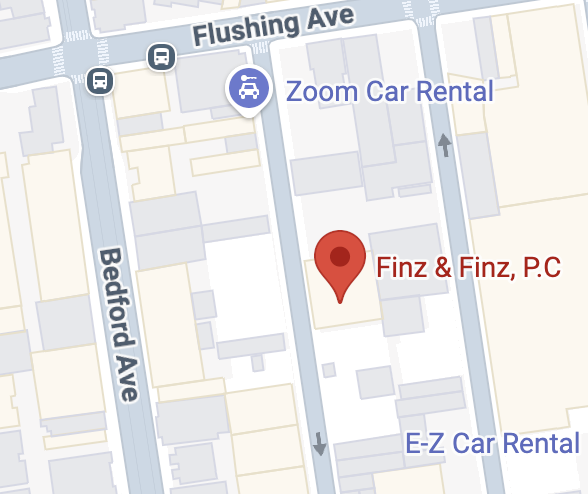The Cauda Equina is the bundle of nerves at the lower end of the spinal cord. This section of the central nervous system is important for providing control of the feet, ankles, knees, and anal sphincter. The lower portion of the body relies on proper functioning of the Cauda Equina to be able to walk, kneel, run, and skip.
Cauda Equina Syndrome (CES) occurs when the nerve endings in the bundle are compressed, usually by disc herniation. Disc herniation occurs when a section of the spine is displaced. The spine normally provides protection from compression to the nerve endings in the spinal column, but when disc herniation occurs, the spine itself is responsible for the compression.
Being aware of the symptoms of Cauda Equina Syndrome could save you from paralysis or even save your life. Symptoms include:
- Leg weakness or tingling
- Loss of bowel control
- Changes in sensation of the pelvic or genital areas
- Lower back pain
If these symptoms occur, the person should visit the Emergency Room, as they are often indicative of emergent nerve damage. A prompt diagnosis of Cauda Equina Syndrome will result in surgical intervention, with a procedure being performed to either remove the displaced vertebrae or alleviate the herniation. The more quickly the pressure is relieved, the higher the likelihood of a full recovery.
When Cauda Equina Syndrome is left untreated, the resulting nerve damage is often permanent, resulting in long-term disability or death. The severity of Cauda Equina Syndrome is often indicated by the severity of symptoms. The greater the lower back pain or the greater the infringement on mobility, the greater the pressure on the nerves. Significant symptoms indicate an emergent situation.
If you or someone you love has suffered unnecessarily due to a delayed diagnosis of Cauda Equina Syndrome, please consult with an experienced attorney. When symptoms clearly indicate that CES has occurred, proper diagnostic processes should follow, including a prompt MRI. A qualified lawyer can guide you through the process of holding a doctor responsible for failing to follow diagnostic protocols.





























